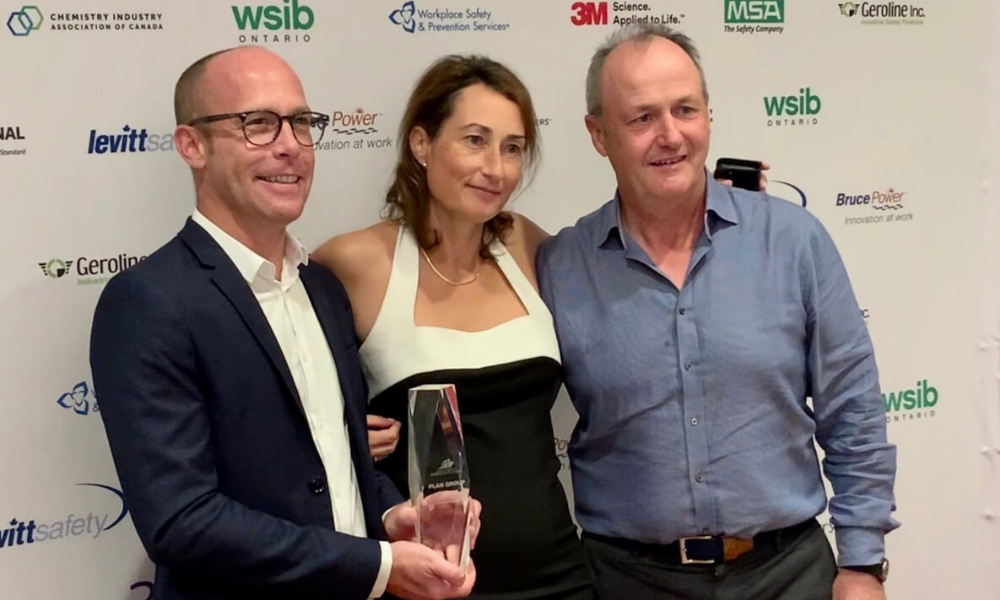COVID added 'another level' of complexity to job site safety

The pandemic has been extremely challenging for all Canadian industries caught off guard as they scrambled to put into place measures to protect workers from the virus. For certain sectors such as construction, layering on these new measures proved complex.
In construction there are already a number of stringent regulations in place, COVID complicated things even more. "It really added another level on top of it,” says Steve Thrasher, Health, Safety and Environment Director (HSE), Plan Group.
“A lot of our people in the field were considered essential and had to go to work every day because they could not work from home,” says Thrasher. With this in mind, Thrasher’s company had to think about how to support the workers both mentally and physically. “It was quite taxing, but definitely worth it.”
Thrasher was concerned about how mental stressors could impact the physical side on safety. Things like stress or lack of sleep can impact safety on site. Thrasher says that even he suffered the mental toll of the pandemic, but that he was committed to keeping the workers safe.
“I am passionate about making sure people feel comfortable, safe and supported. And so I just had to make sure I had outlets with people to talk, so I could put my best foot forward and put my leadership skills forward and just trying to make this as safe and as normal as possible for our office and our field staff.”
Thrasher got into workplace health and safety at a young age. Growing up in Sarnia, ON, he did summer jobs where he would bring tools and other equipment in and out of the many plants in the city. However, his passion for OHS really started when he was injured on the job.
“I am an injured worker. I have a permanent workplace injury, I lost the top of my right thumb in a workplace accident, it got crushed in some machinery. It was the second day in the job, and I didn't really have much training. It just show goes to show you how fast things can really happen,” says Thrasher.
This injury drives his passion for keeping people safe and his objective to improve the overall employee experience. “If you have a good safety program and culture, not only does it improves the overall safety, but it improves your experience at that workplace. You’re happier, you’re more efficient. People want to work with you, people want to work for you. All that goes hand in hand.
“[Plan Group] has a different approach than your standard typical historical safety approach,” says Thrasher. “Obviously, we enforce and make sure that people understand the importance of wanting to follow the procedures and support the culture. But I want to be recognized as someone who is there to support and be helpful, not as someone who's there to get anyone in trouble.”
He says that a strong relationship with other workers is a really important part of employee buy in – and making sure that workers want to engage with and feel comfortable talking about safety and having it be a part of their daily lives. In addition, Thrasher says that safety shouldn’t be proprietary and that there is value to sharing knowledge and experiences with other organizations.
Safety for Thrasher is a lifestyle. Because of the personal experiences he has been through, he will never turn his back on safety.





